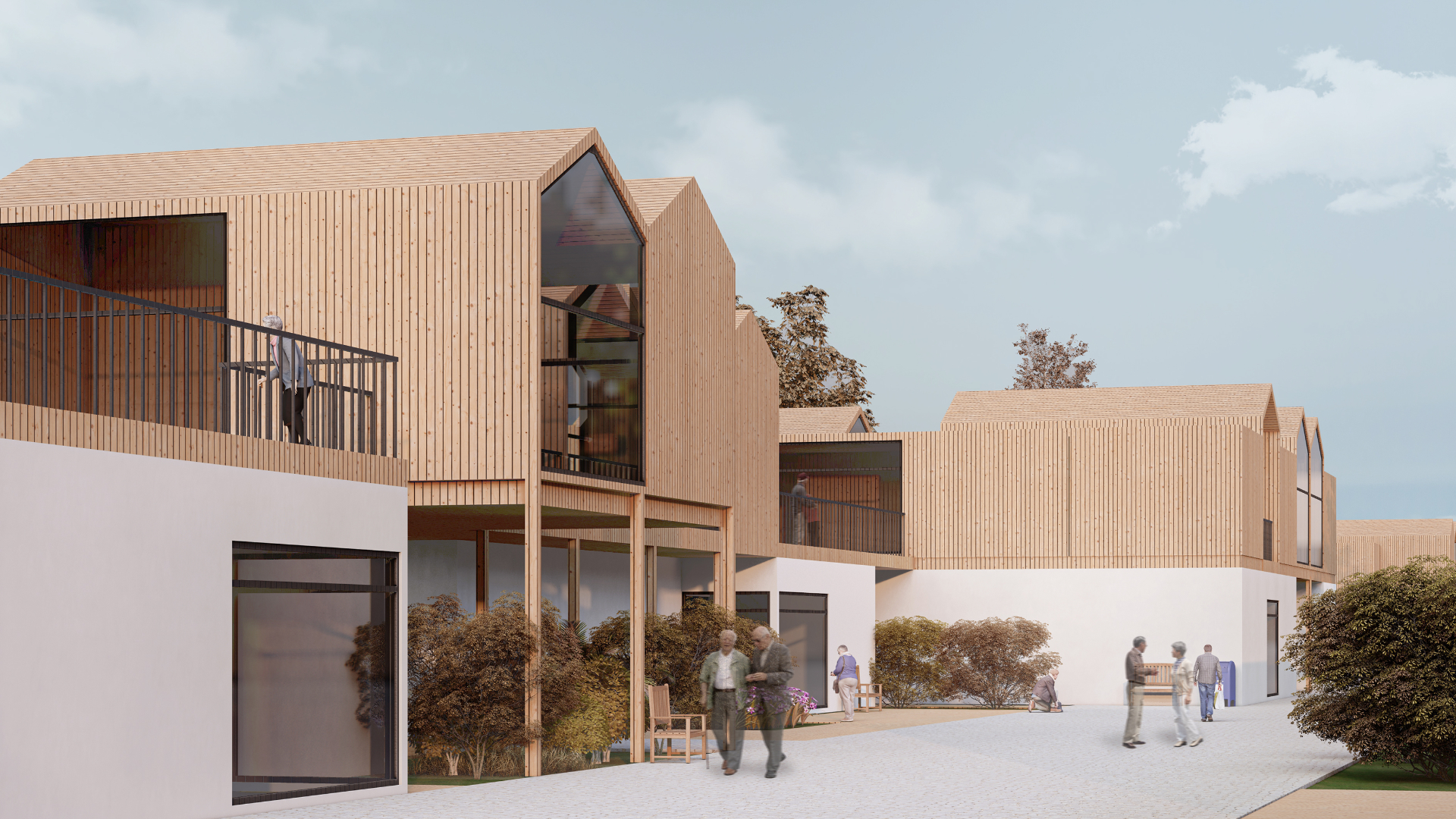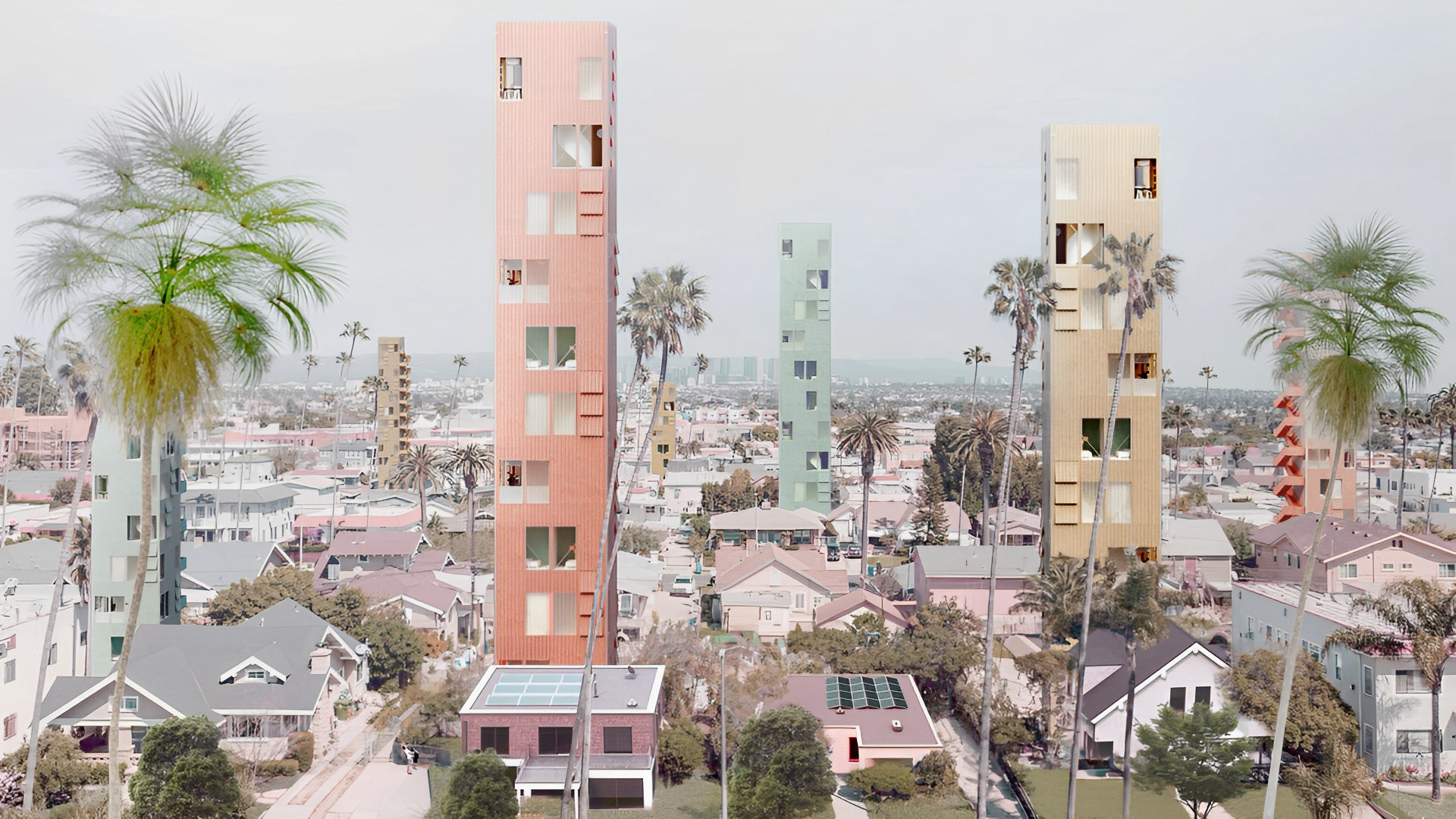Empowering Cities: Innovate, Collaborate, Transform
Welcome to Buildner's architecture competition series, aimed at addressing the global housing crisis and redefining urban living. In today's rapidly evolving world, cities provide unparalleled opportunities in terms of jobs, transportation, healthcare, safety, education, and cultural diversity. However, the limited spatial and geographical dimensions of urban landscapes have made affordable housing a complex and pressing issue.
Buildner seeks innovative architectural and design solutions that tackle the question of WHO has the right to access valuable urban spaces and HOW these spaces should be regulated. By bringing together urbanists, architects, engineers, designers, sociologists, economists, and politicians, we aim to uncover groundbreaking approaches to affordable housing.
History has shown that the success of affordable housing initiatives depends on a multitude of factors, including market trends, local and regional incomes, transportation, zoning, and land use policies. This competition series encourages collaboration and dialogue among experts and stakeholders, fostering the development of inventive concepts that can reshape our urban environments.
Join us in this ambitious endeavor as we explore new possibilities, challenge traditional boundaries, and strive to create a more inclusive, sustainable, and accessible future for urban living. Together, we can revolutionize the way we approach affordable housing and transform the lives of millions worldwide.






































